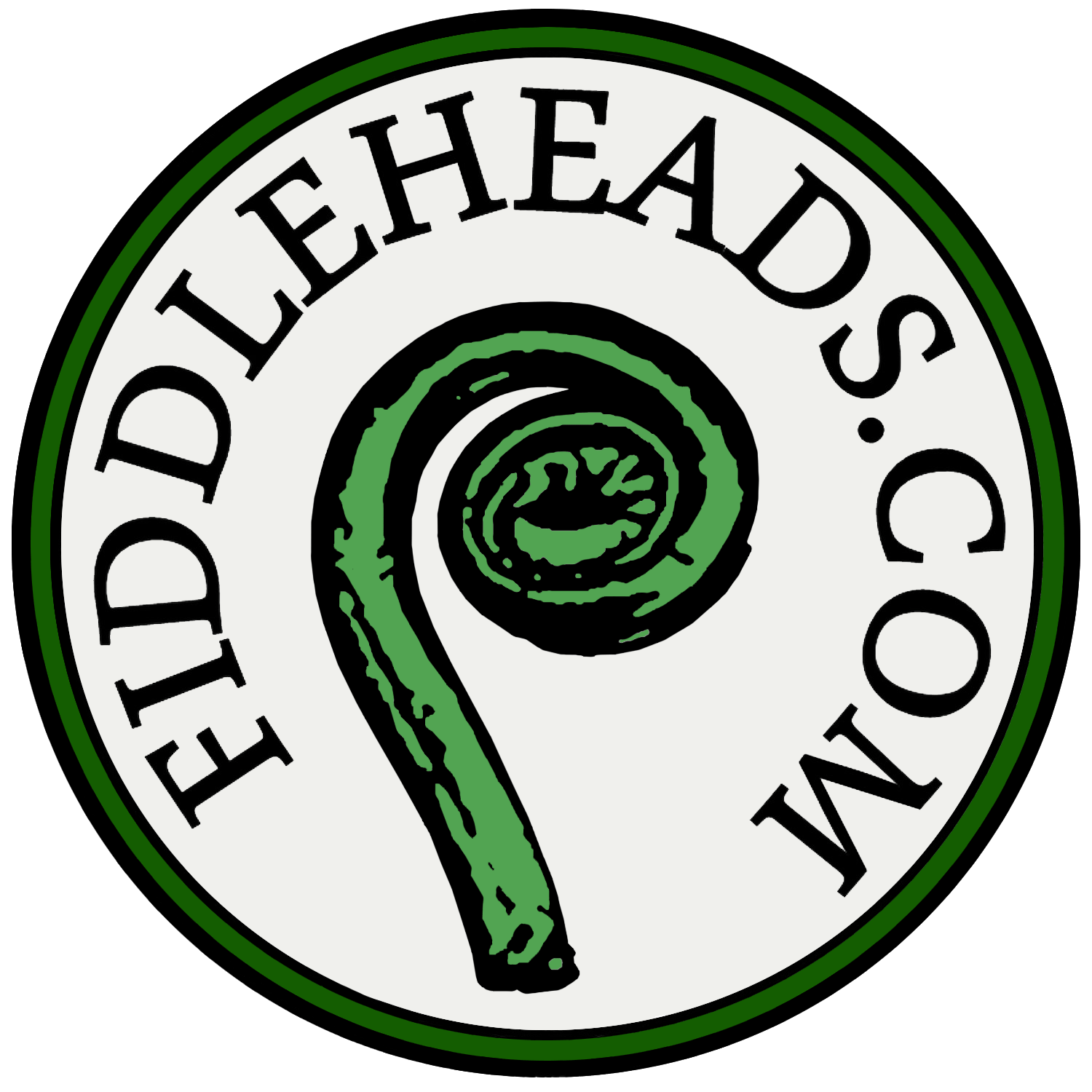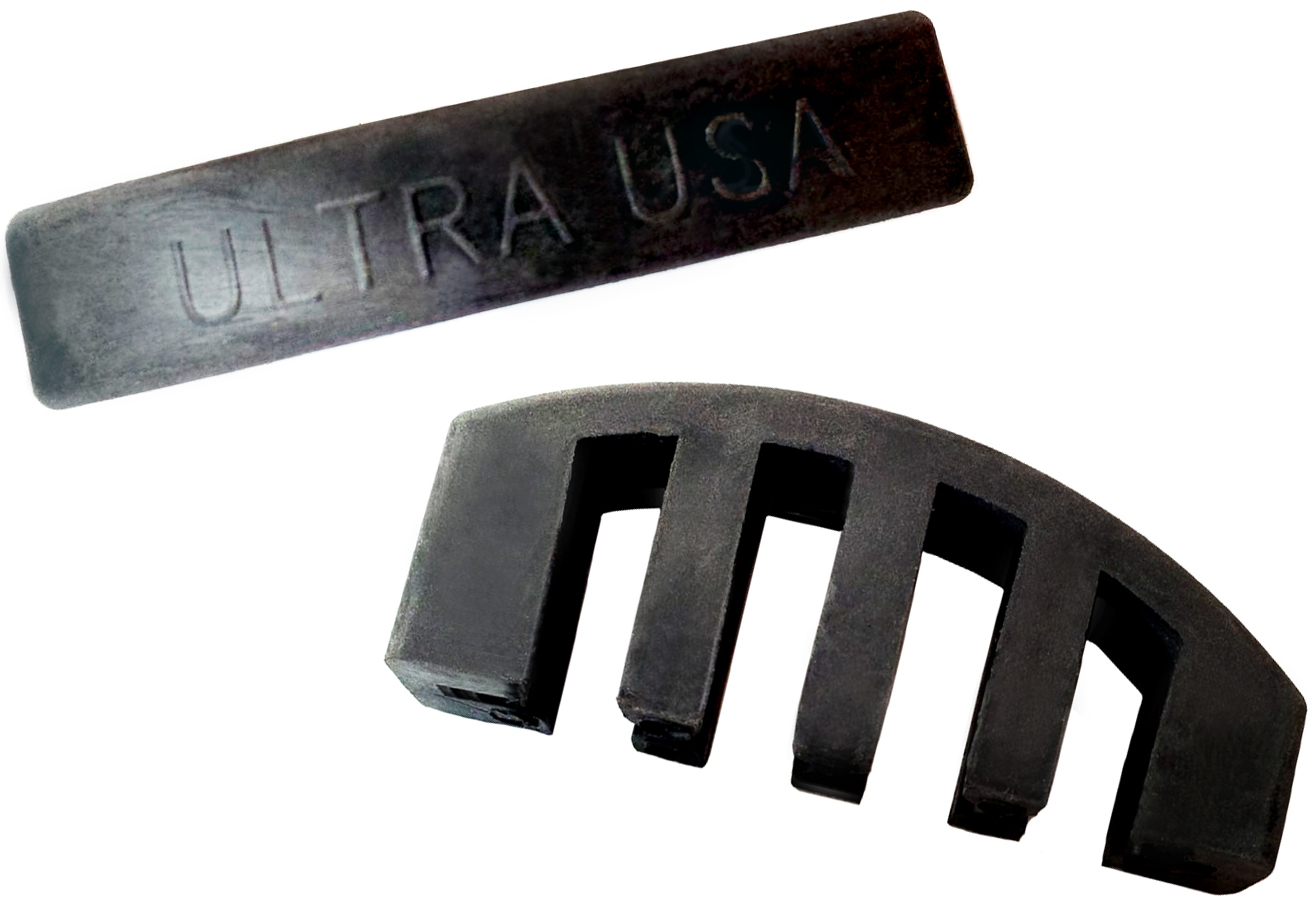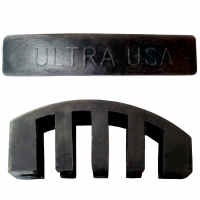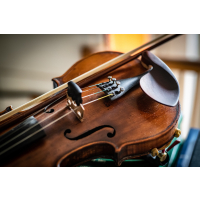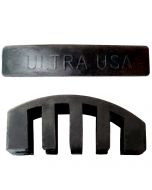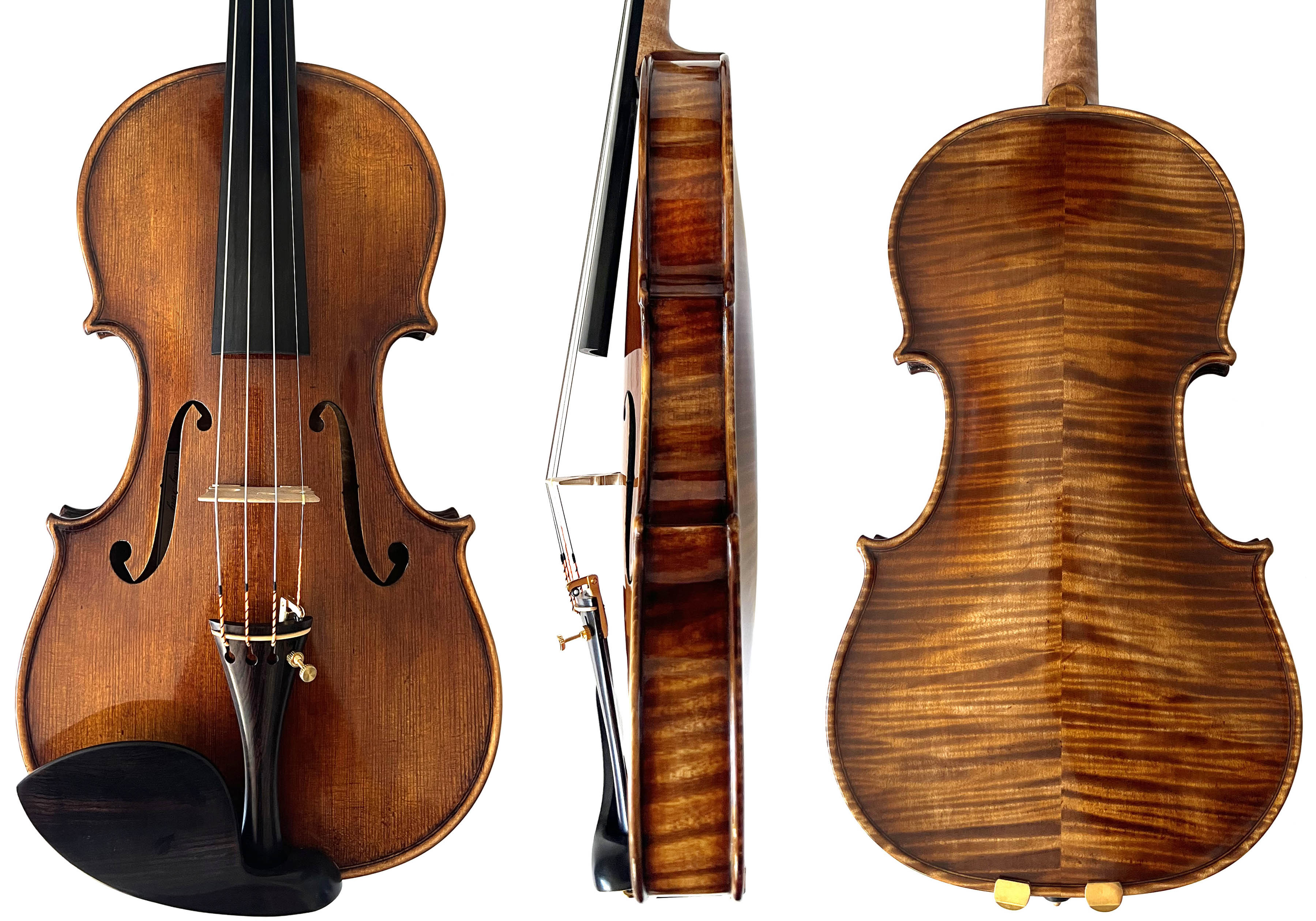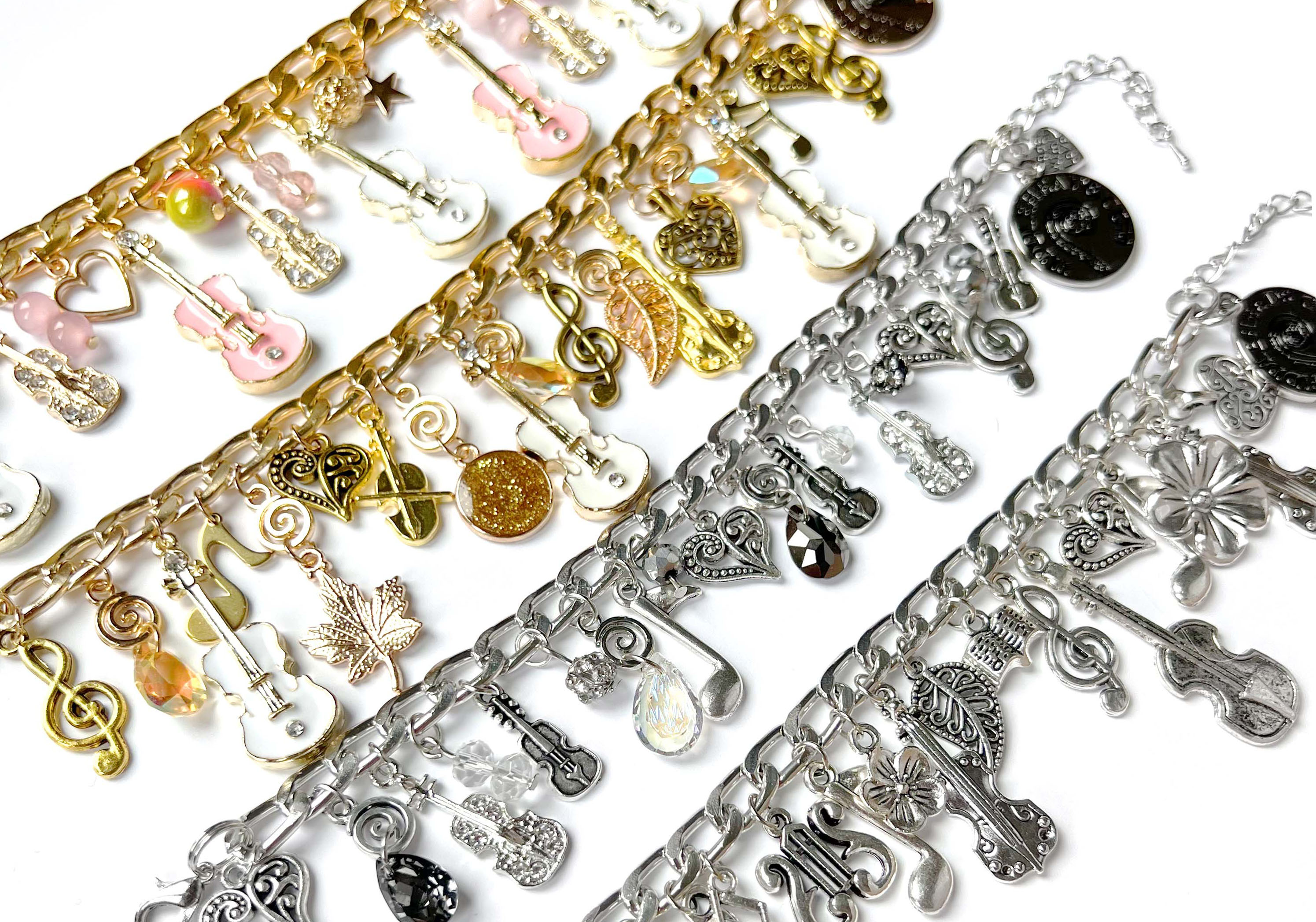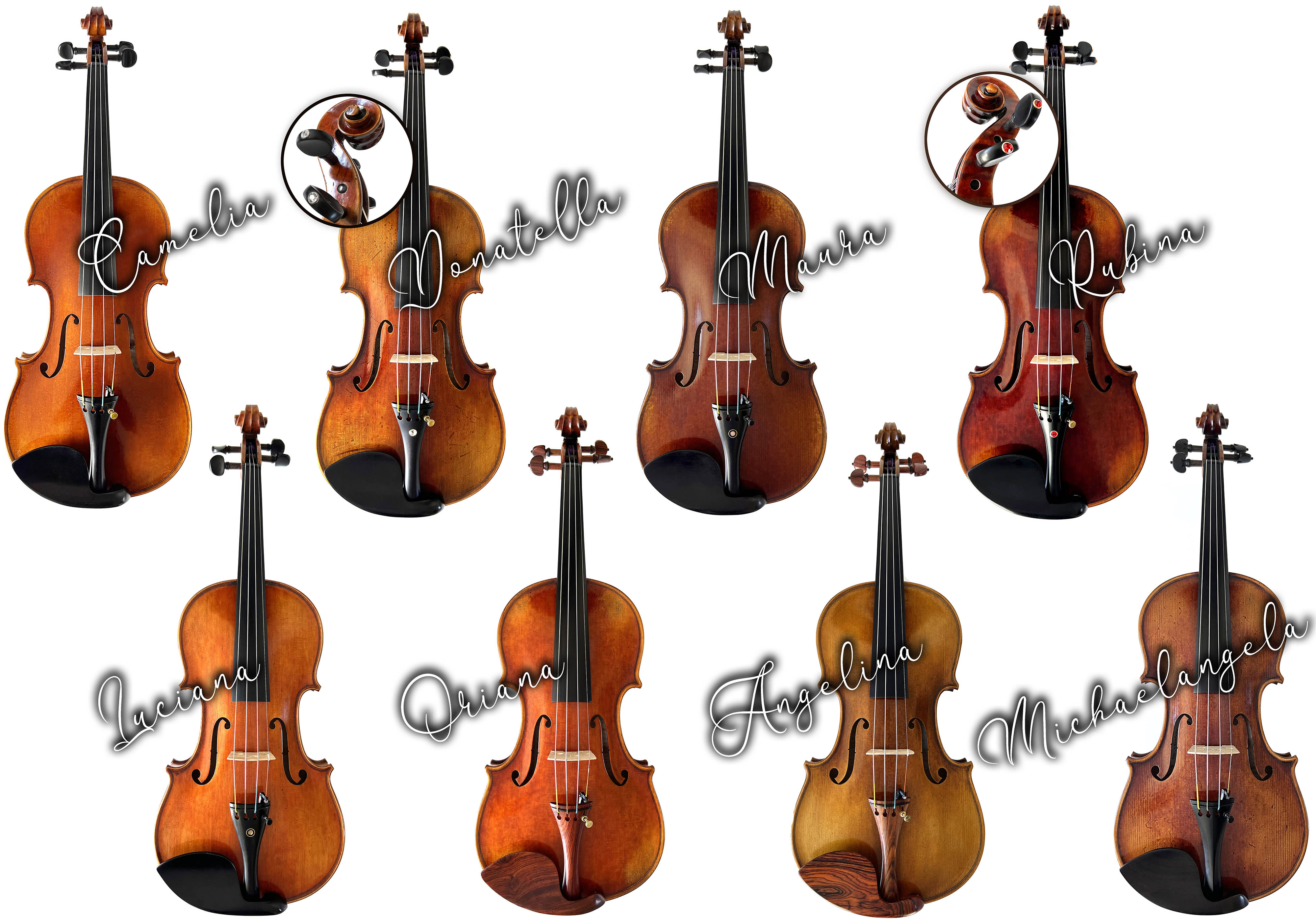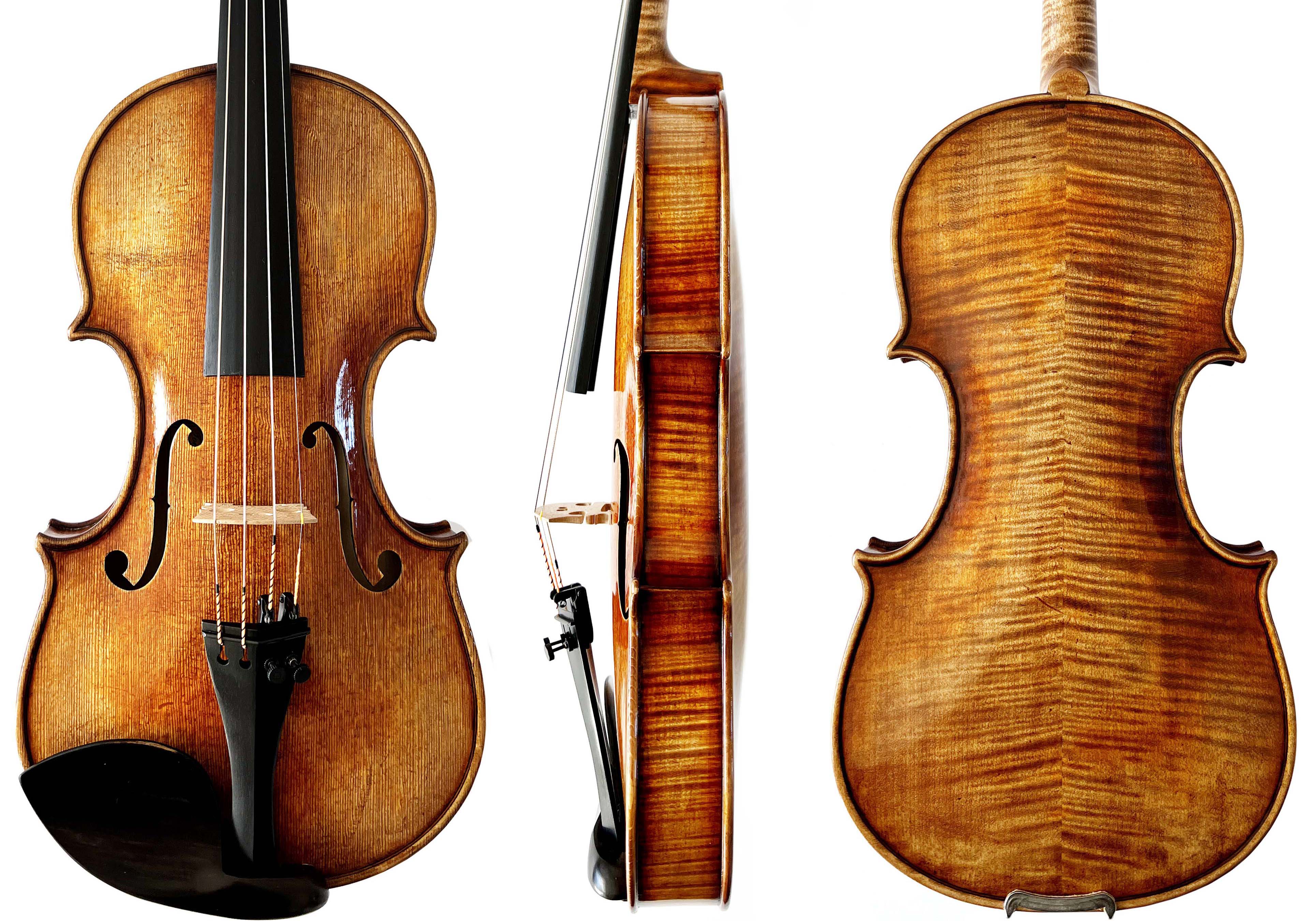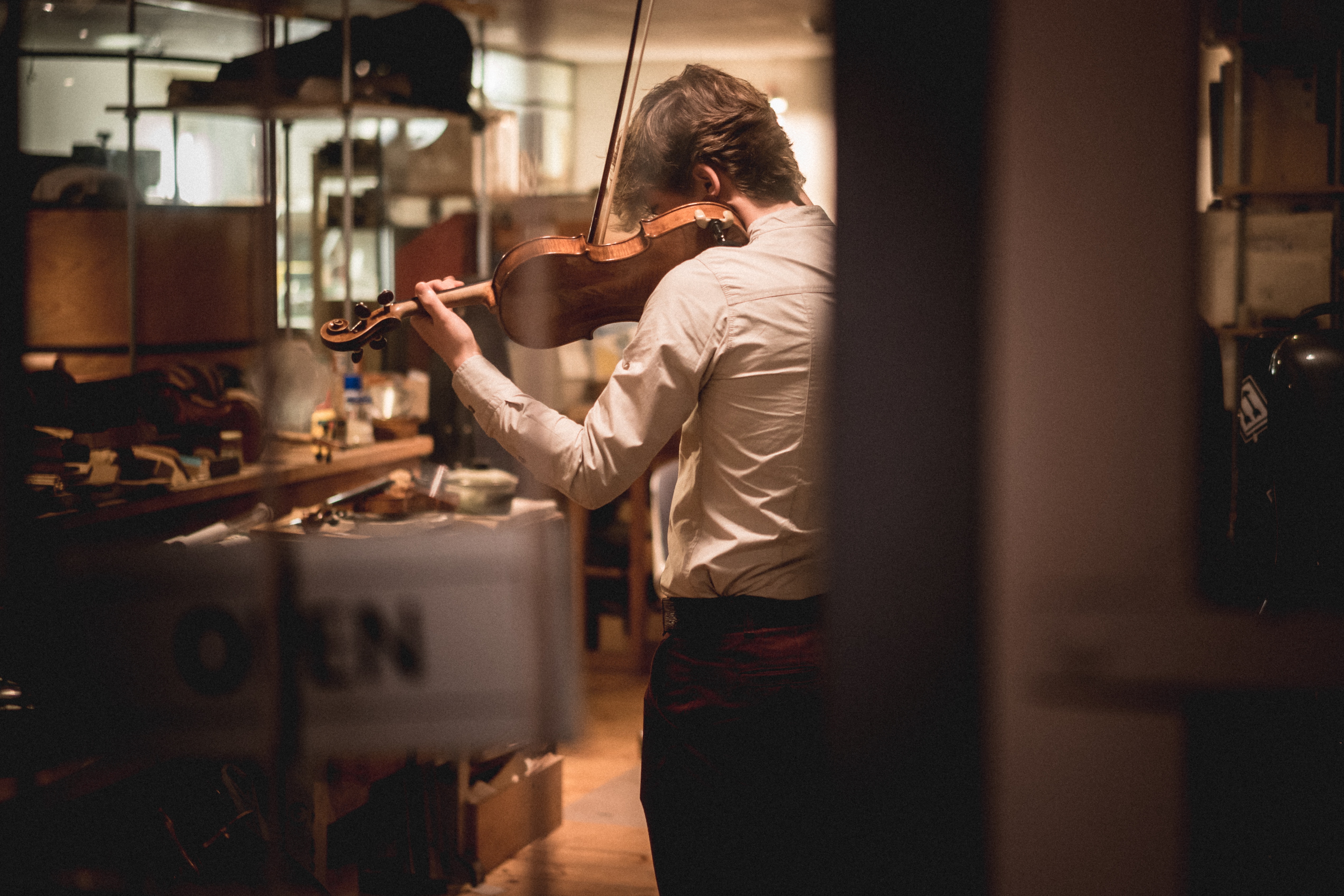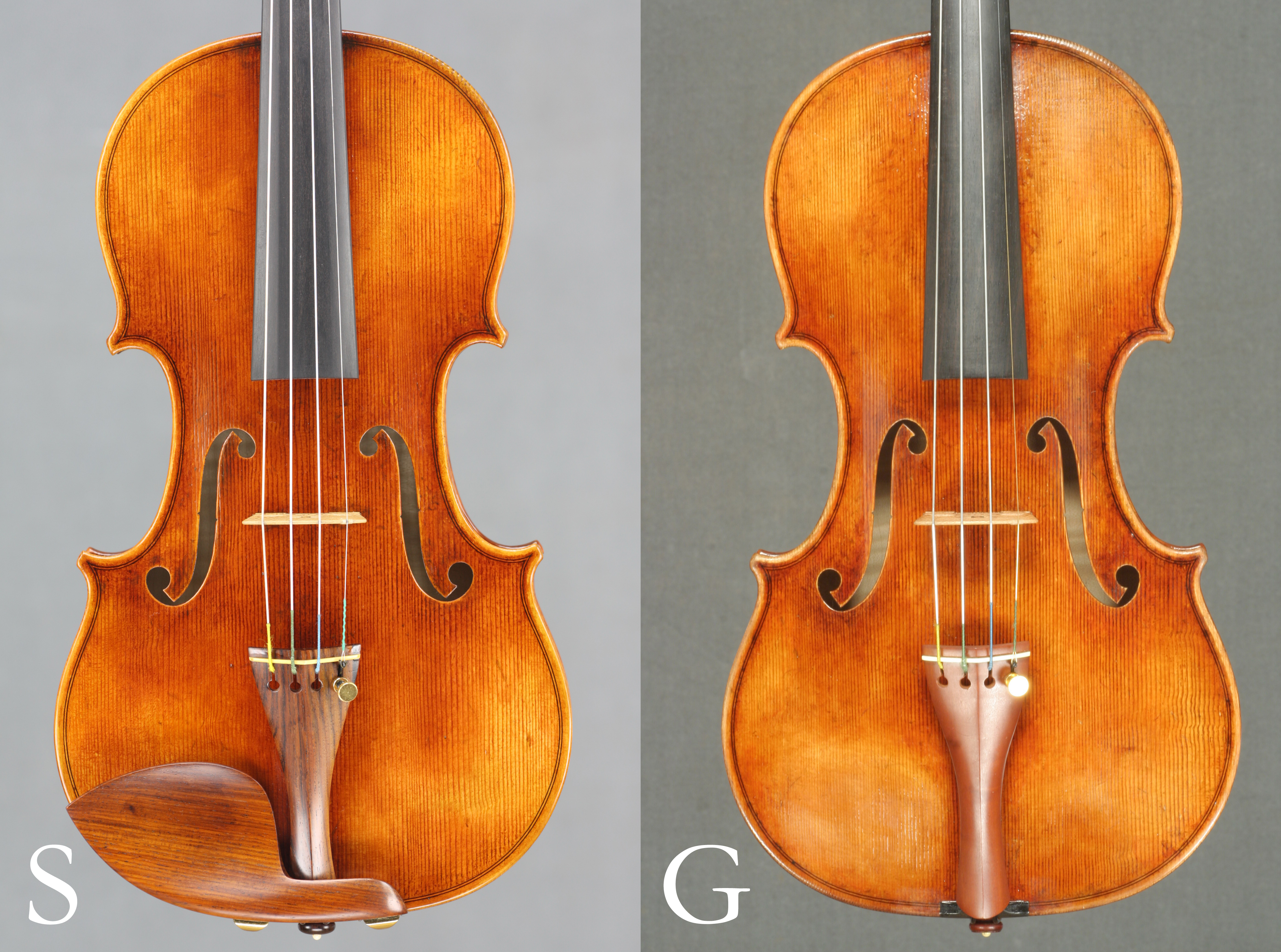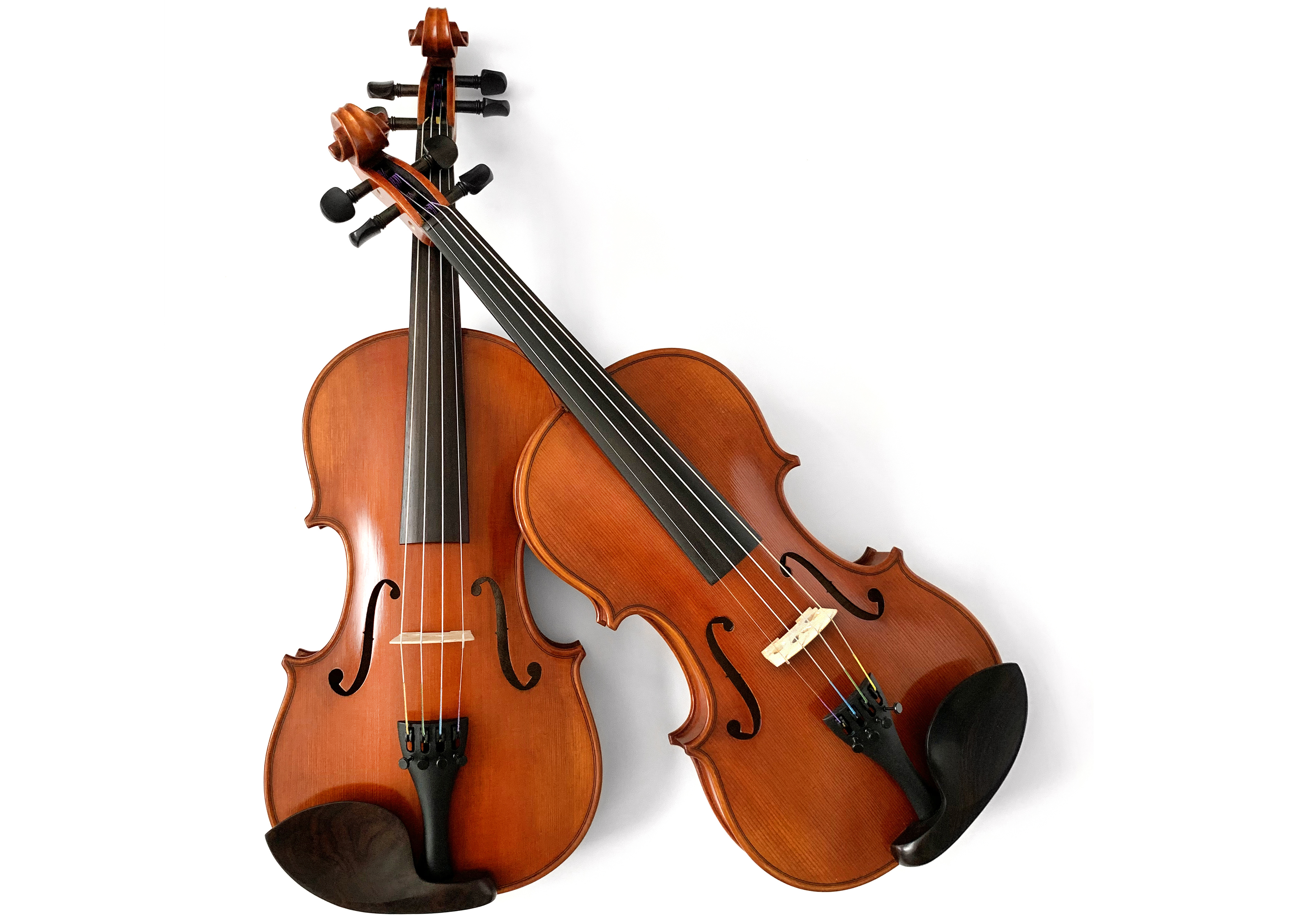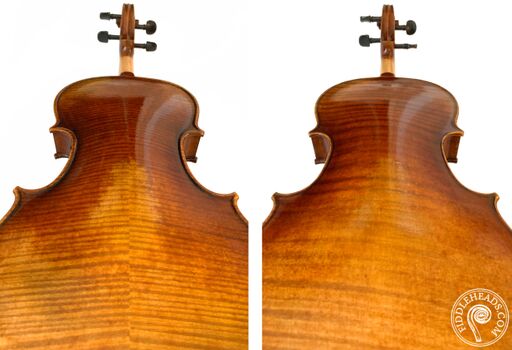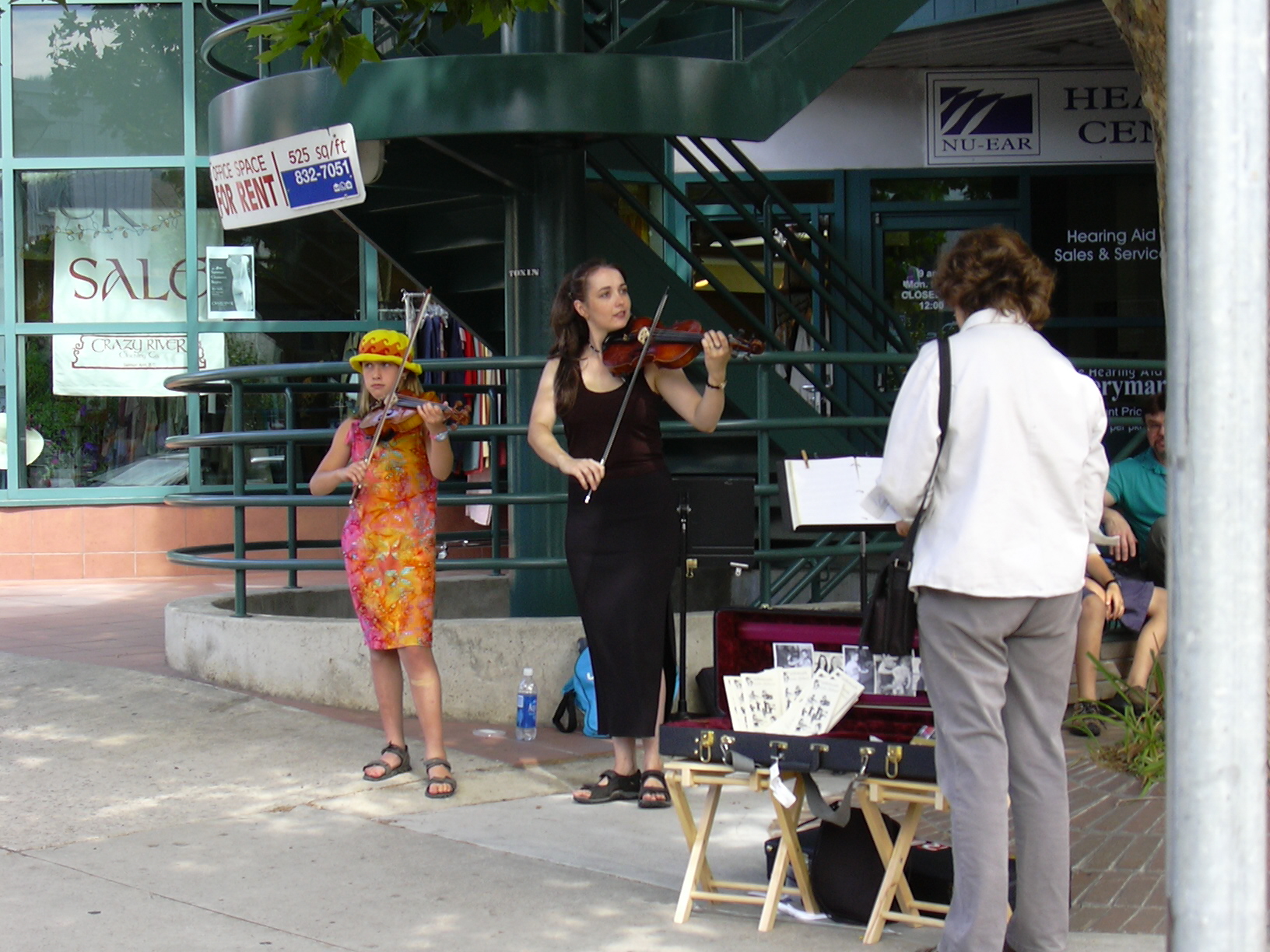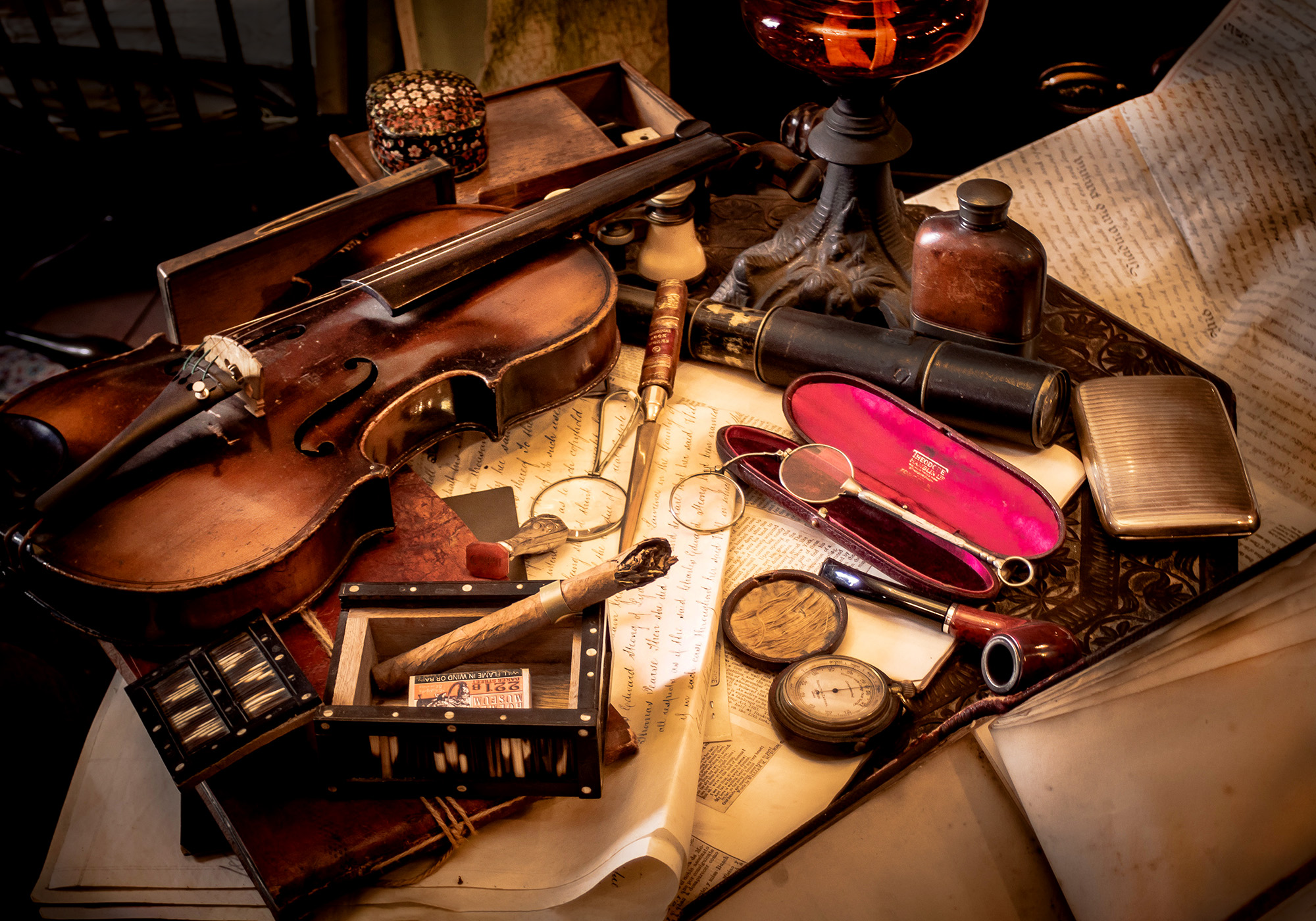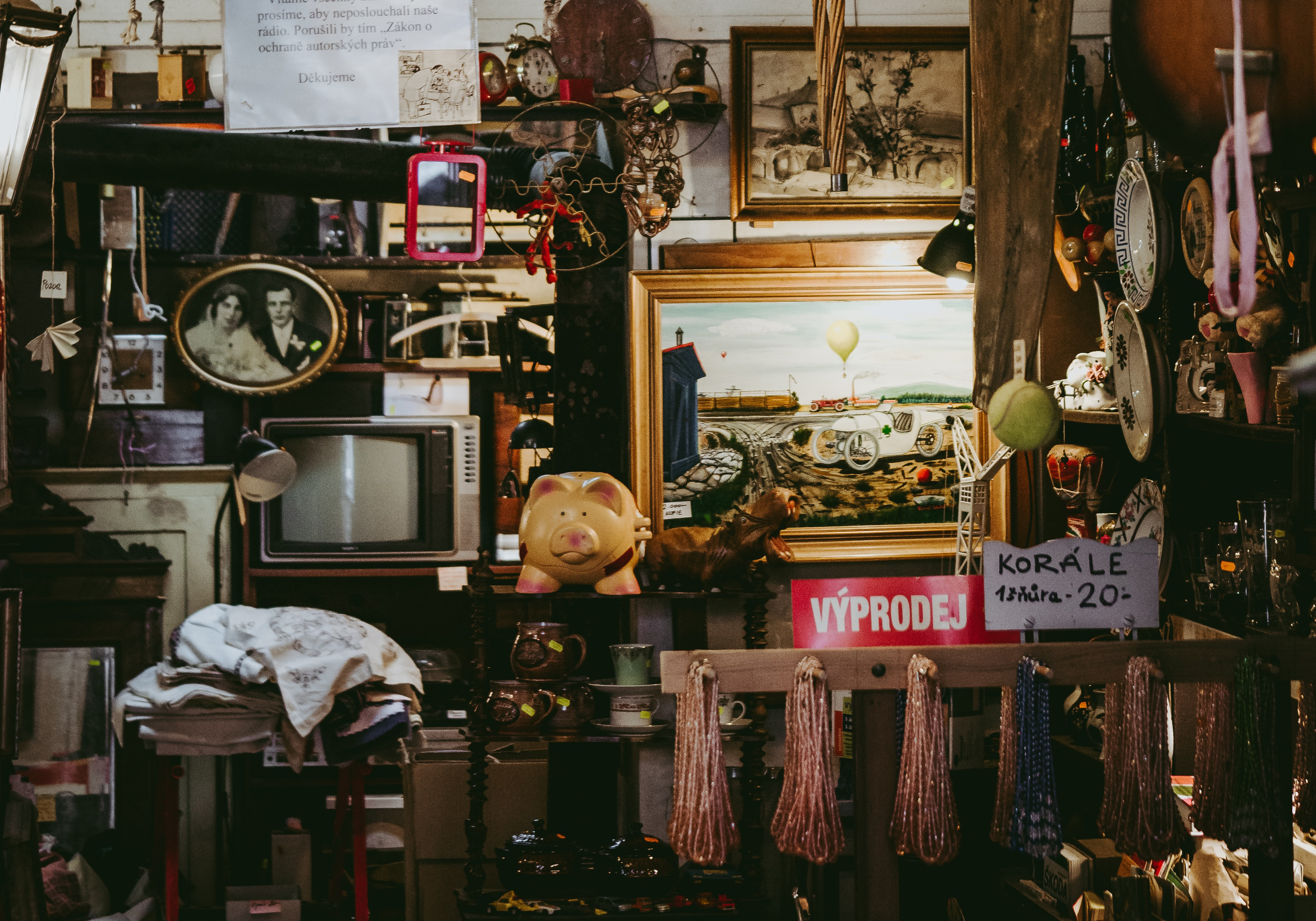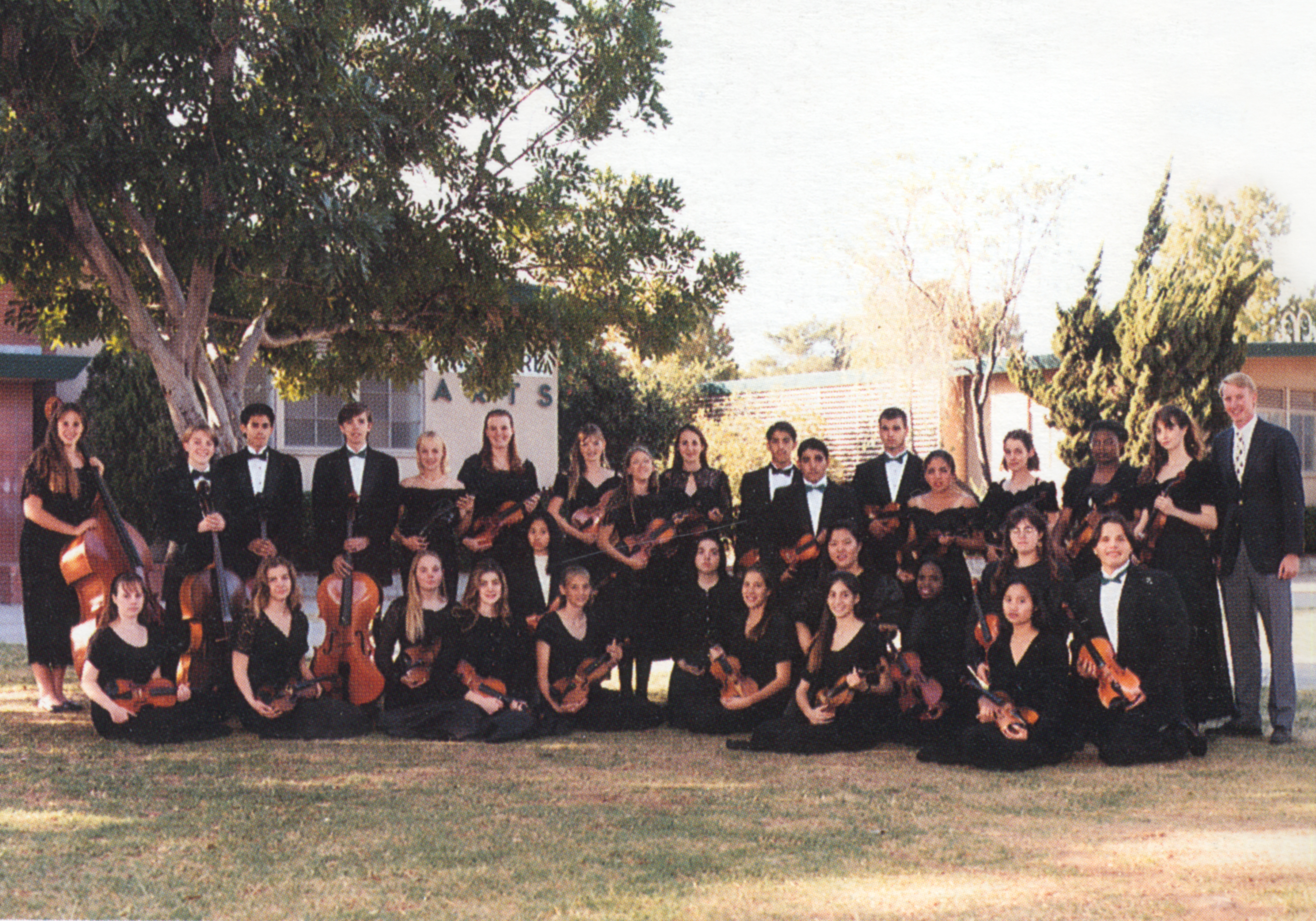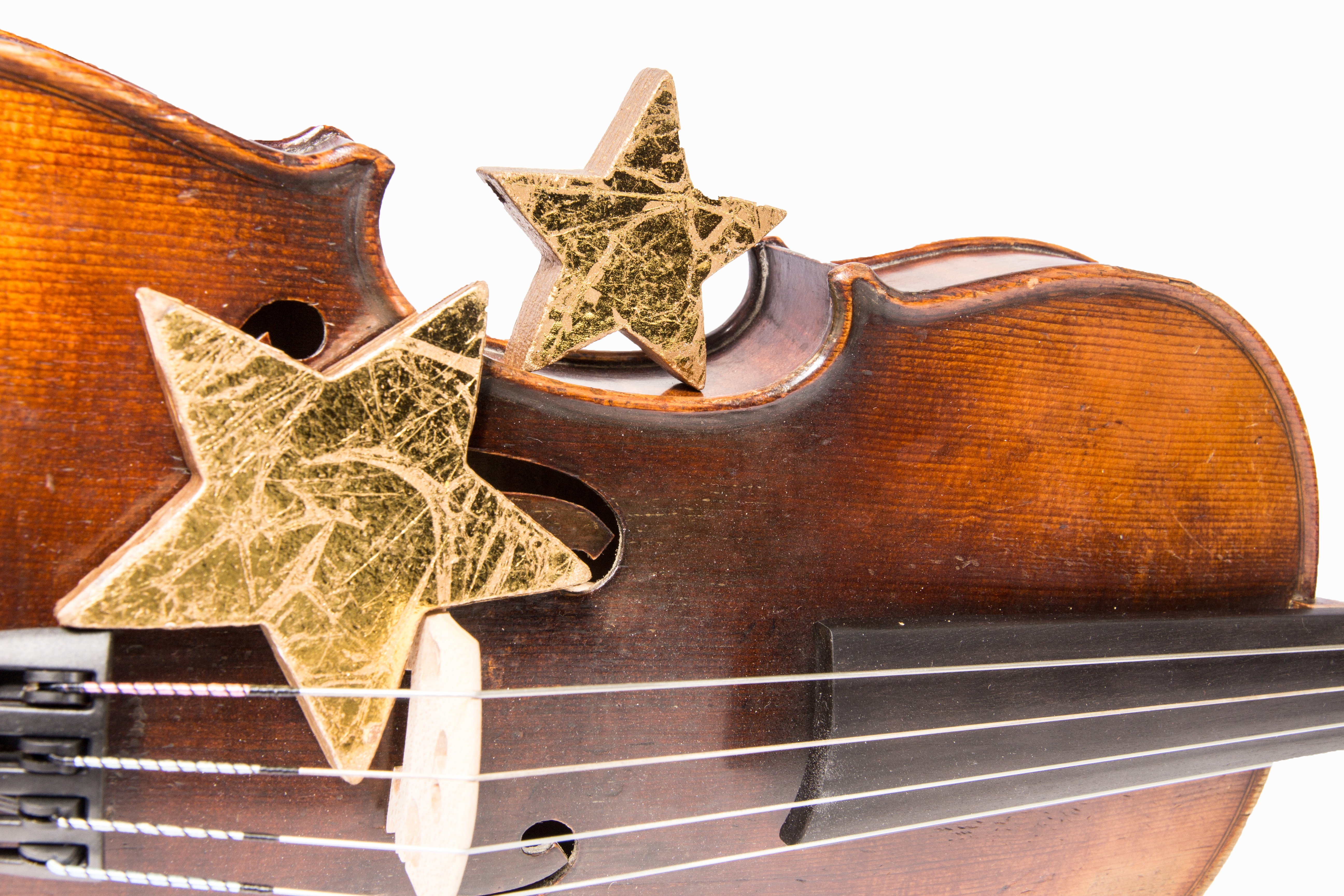Look Ma, No Sound!
Look Ma, No Sound!
Apartment-Dwellers and Parents of Newborns Rejoice for the Miraculous Invention that is the Violin Mute

[Photo: Artistic composite photo completed by Rhiannon Nachbaur]
It's so loud!
Let me guess, you took up the violin but you didn't realize how darn loud the thing would be! Boy, have I got some helpful info for you!
There is a way to make that blasting beast, er, your beloved fiddle friend, soften her shrill voice a tad: A violin mute.
Violin and violin-family mutes are small objects designed to attach to the bridge or just behind the bridge of the instrument. That tiny little bridge acts as a microphone for the instrument and by adding more weight/bulk to the bridge in the form of a mute, the sound wave vibrations are stifled and absorbed, which results in a softer sound with less overtones. Think of it as putting your hand over your mouth to stifle a yell at your kids; the original message is there, but it is less likely to get you sent to jail. Same effect with the violin mute.
There are various styles of mutes but the overall approach is pretty much universal. The mute is usually held in place by friction and most designs rely on the fact the bridge is wedge-shaped, so the further you press the mute in place, the firmer the connection and deeper the muting effect.
Most mutes are made from rubber, but some are made with wood, wire, metal, plastic and even leather. Depending on the materials used and the design, players will experience a varying difference in tonal change and reduction in volume.
There are also some primary differences in mutes, varying from those used in orchestral settings (used more as an effect of the sound rather than as a volume reducer) to those used in practice (used to reduce volume without concern for tonal quality) and also between those that stay on the instrument permanently (being attached to the ball end of the strings and sliding up on to the bridge) and those that must be removed when not in use. I'll get into these differences in more detail below:
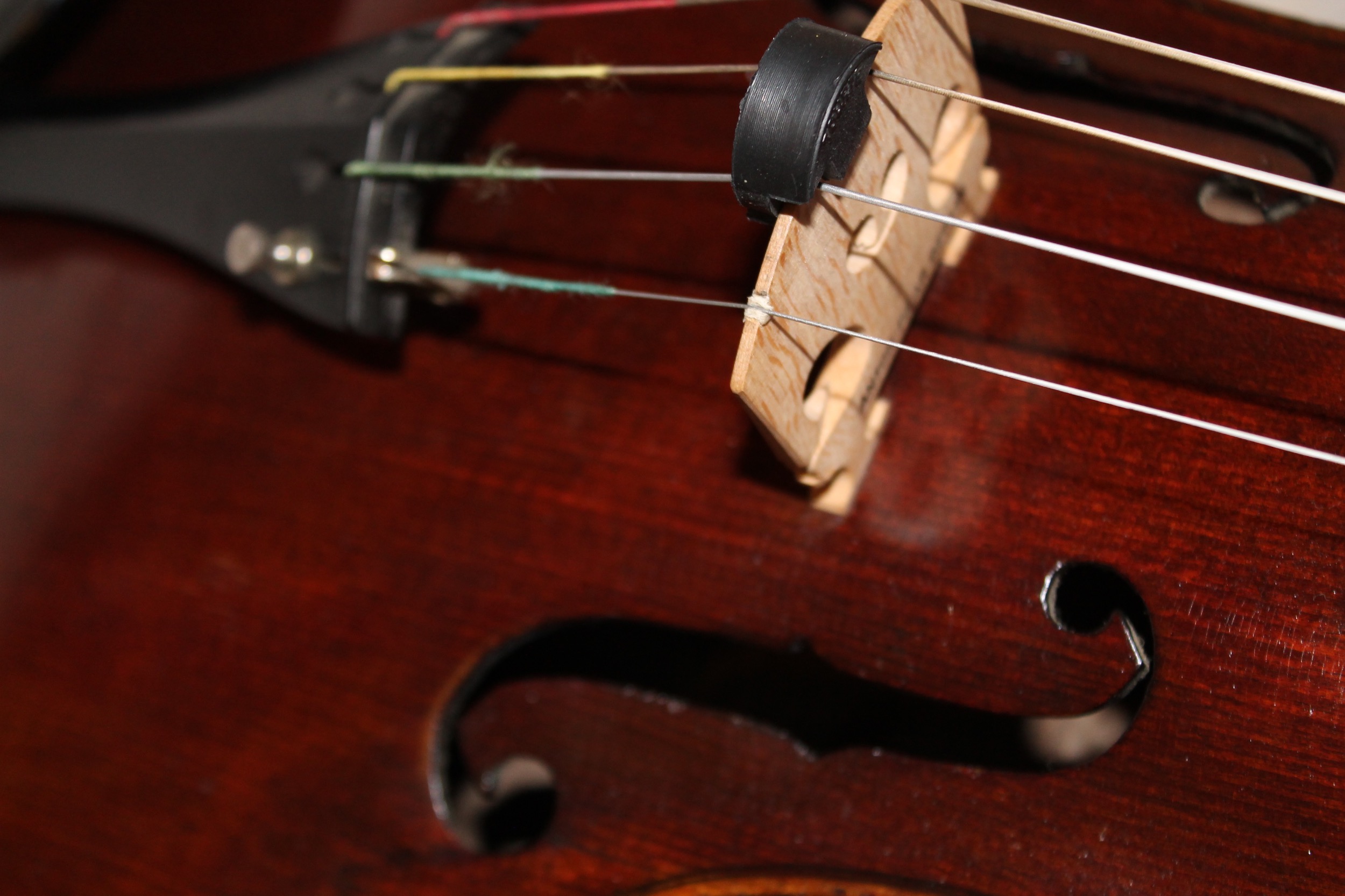
Orchestral Mutes
These mutes are used more as an effect of the sound rather than as a volume reducer. This effect is called con sordino, which is Italian for "with mute." Music parts will indicate, as a direction from the composer, to play with the mute and when to remove the mute, senza sordino ("without mute"). The most popular orchestral mute is the Tourte mute, as pictured above.
The second movement (Death of Ase) of Grieg's Peer Gynt Suite No. 1 features a tonal and volume change from the first movement (Morning Mood). Listen here and rewind back to the start to hear the diffence. Look closely and you will see the string players putting their mutes on and taking them off afterward. If you didn't catch the rapid switch, here is another video where Augustin Hadelich discusses Prokofiev's Violin Concerto No. 2 and illustrates the difference the mute makes to the solo part.

Fun Fact: String players have a lot going on writing bowings into our parts during rehearsals, and often the small "con sordino" text on the page is missed by our squinty little violinist eyeballs. Playing an unmuted note when the rest of the orchestra is muted is a super embarassing so we have come up with a couple fun symbols that we write over the text in large writing.
The symbol Ш, or the Cyrillic Sha or "sh" sound, and an inverted Ш illustrate a traditional fork-style mute on the bridge (pointy bits facing downward) and off the bridge (pointy bits facing upward).
Note that not all regions use these symbols in their sheet music, but it has been a standard marking in the orchestras in which I have played in British Columbia. Maybe it's a Canadian thing? Share your input in the comments below, inquiring minds want to know!
Practice Mutes
Unlike orchestral mutes, which are about altering tone, practice mutes are designed to alter volume. A practice mute is larger than any other mute style and the added bulk helps to absorb vibrations and dampen the tone. It has a fork-style design, but unlike the wood orchestral versions that straddles the strings in three points, it extends to surround the sides of the bridge at five points.
As I say on my practice mute product page, the suggested uses for this style of mute are:
- During travel: Hotel, hostel or in dealing with your inlaw's hostility
- While baby is sleeping
- While cranky "I'm working nights" housemate is sleeping
- In the midst of a zombie apocalypse as you hide in your underground bunker but feel inspired to rattle off a little Mozart to "lighten the mood"
Note that this fine product is to be used only at times when your noise, er, music will disturb others from sleeping or living normal, peaceful lives. If you use it all the time I guarantee your ears will become accustomed to the quiet, nasal sound of your ultra-muted violin and won't appreciate your natural, naked violin with the usual loud, full-bodied tone.
So this is a bossy-pants teacher telling you to not overuse it!

Materials
Wood mutes, such as the one in the photo above, create a nice tone, but wood is typically only used on larger fork style mutes which stick off the bridge quite a bit and can be more easily bumped into, which can knock your bridge out of place.
Wire mutes, in my experience as a teacher, tend to unravel the lower winding on the strings and get pretty hard to clean without rusting when they get covered in rosin.
Rubber mutes are the happy medium as they stay on the instrument, are easy to put on and take off the bridge, and do no damage to strings or bridge.
Application & Removal
Some mutes stay on the instrument permanently and slide on and off the bridge as they are attached to the strings. Others are applied as needed, then removed and kept on a music stand or in the player's pocket.
Fun Fact: In 1949 master violinist Jascha Heifetz worked alongside jeweller and bow maker Henryk Kaston to design their own variation of a friction mute. Their fancy patented contraption, called "The Heifetz Mute," allowed for various degrees of muting as it could slide further over the bridge for more contact area, and more muting. The drawback to this design, like the fork style mute, is that it needs to be completely removed from the instrument and is much easier to lose as a result.
Mute Violin?
Note that a violin mute is not to be confused with the mute violin, which is a violin-like-object that makes very little sound when played and provides quite an unfulfilling experience. It's akin to a world-class coloratura soprano with a bad case of laryngitis. Ain't nobody going to want listen to that, let alone pay money for the experience Sure, Leopold Mozart (father of Wolfgang, that guy you may have heard of) mentioned the mute violin in his word-salad title of a method book, "Versuch einer gründlichen Violinschule" in 1756. But the concept really never took off.
This opinionated author's advice for players who want a secondary and permanently quieter or even silent instrument is to get a backup bow with no rosin on the hair. A bow without rosin makes hardly any sound because the sticky rosin isn't resisting against the string and causing it to vibrate. A bow bereft of rosin sees the hairs gliding across the strings silently so long as you clean any residual rosin off your strings, which you should be doing regularly anyway.
This solution is great because a second bow is a lot cheaper than a second violin, especially one you won't ever hear! And it's actually the way many extras in film and TV "play" violin without the sound interfering with dialog on set. [Read about my surreal experience faking playing up a snow-covered mountain in a Hallmark film in 2019]
Final Advice
Shameless plug for my shop: Buy your mute from Fiddleheads for the best possible shopping experience! Your loyalty means everything to my small business.
